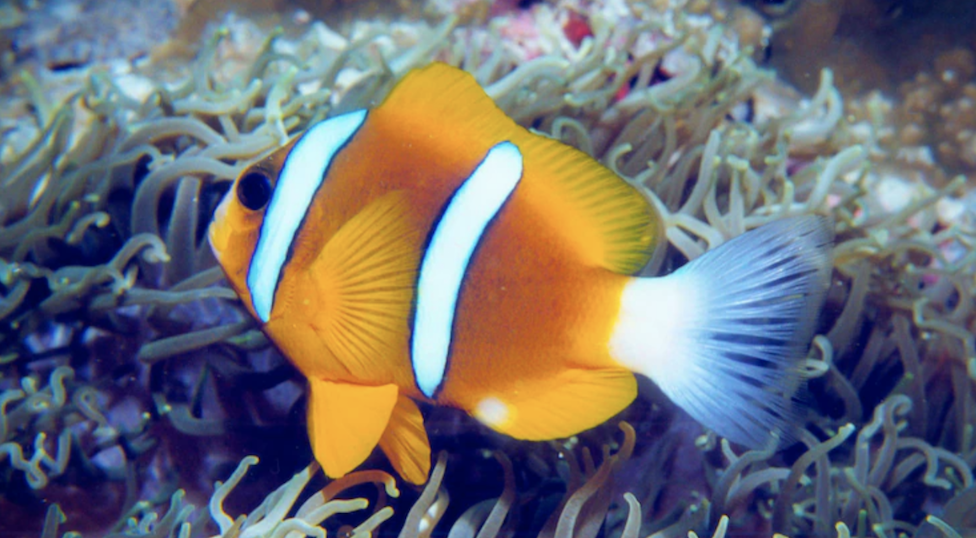Reef scientists say water quality programs have not achieved sufficient improvements for the Great Barrier Reef (GBR), as UNESCO indicates an intention to list the Queensland World Heritage site as ‘in danger’ at a meeting in China next month.
Billions of dollars have been earmarked in Reef spending programs in the coming decades, but adjunct research fellow with the ARC Centre of Excellence for Coral Reef Studies in Townsville, Jon Day said key local and international factors were not being addressed by the Reef 2050 plan designed to protect the unique ecosystem.
“The government’s put a lot of money into addressing the remaining threats, the cumulative pressure of things like water quality issues, but unfortunately not enough has been done.”
The report to be examined by UNESCO also points to the decline in GBR water quality, something the Australian Institute of Marine Science’s Frederieke Kroon said reflected AIMS research on inner reef areas, found less than 10 kilometres from land.
“What we’re finding is over a 15-year time frame there haven’t been any clear improvements in water quality and in some cases, further decline,” Dr Kroon said.
As part of the sugar industry’s commitment to improving practices in fertiliser and pesticide runoff known to damage marine ecosystems, a set of guidelines known as the Smartcane Best Management Practice program was launched in 2014, to reduce the environmental impact of growing sugarcane.
Since 2014, 142,981 hectares of the estimated 350,000 hectares of land growing sugarcane in Queensland has been accredited as meeting the program’s minimum practice standards.
Chairman of farm lobby Innisfail Canegrowers, Joe Marano, said many members were suspicious of water quality data since agriculture had borne much of the burden in GBR water improvement measures over the past decades.
“We understand we contribute to [water quality problems] — what level of contribution is yet to be determined.”
Mr Marano said any grower accredited under best management practice already farmed at the minimum nitrogen fertiliser levels required to grow a profitable crop, with greater cuts to fertiliser inputs threatening the $4 billion dollar industry.
“It’s not just growers, it’s the whole value chain and we need to be conscious of the whole value chain or the communities will suffer,” he said.
The 2019 report card on water quality released in February 2021 showed a 25.5 per cent reduction in dissolved inorganic nitrogen (DIN) flowing from Great Barrier Reef catchments.
State and federal environment ministers hailed the findings as proof of success, but despite a $667 million spend slated for water quality between 2017 and 2023, measures were unlikely to meet the aim of a 60 per cent reduction in DIN by 2025.
With the target only four years away from assessment, Dr Kroon said it would be difficult for the aim to be reached.
“I think we’ll have to keep reporting on inshore waters and work with catchment managers to progress to that target.”
But Mr Marano said the latest report card showed water quality targets under the Reef 2050 plan needed reassessment and recognition of farmers’ efforts to address runoff problems.
“The state government has acknowledged that the Paddock to Reef program needs to be reviewed, we need to assess the 2050 water quality targets, sit down, take stock and move forward with growers acknowledged for what they’ve done,” he said.
“There’s the growers at one end, the Reef at the other and in between it there’s a whole big business, some of these people live off money that goes towards the Reef.”
A spokeswoman for the Queensland Department of Environment said an independent review of targets for agricultural practice adoption was underway.
The review will set targets for each farming industry such as sugarcane, grazing, bananas, horticulture and grains production at a catchment scale.
Responding to concerns money was being spent fruitlessly Dr Day, of the Centre of Excellence for Coral Reef Studies, said that funding was making a difference, while admitting some programs had not achieved targets or the targets had been poorly defined.
“Land clearing isn’t being addressed as well as it could be and what I’ve heard is some water quality targets are being met but others are not.”
Dr Kroon said flow-on effects of reducing DIN levels on GBR health would take several years to be accurately gauged, but modelling should take into effect other forms of nutrient pollution too.
“The fact [levels] are declining is good news, whether it has flow-on effects, it’s too early to say,” she said.
“Other sources of nutrient are related to erosion, we shouldn’t focus on one particular source, we need to address all sources that contribute to declining water quality.”
Federal Environment Minister Sussan Ley has linked the decision to recommend the GBR be listed as ‘in danger’ with political motivations, despite rebuttals from UNESCO regarding her claims.
The GBR avoided listing as endangered in 2015 but last year, a report from an advisory body to the World Heritage Committee said the GBR’s health had worsened from “significant concern” to “critical”.
A former director of the Great Barrier Reef Marine Park Authority, Dr Day said research showed all 29 World Heritage-listed coral reefs were threatened by climate change, but it was possible for coral reef systems to be removed from the endangered list with correct management.
“I want to stress it’s water quality, plus unsustainable land practices, dumping of maintenance dredge spoil, all these things together, they’re the cumulative pressures that need addressing.”
Published by ABC News.

